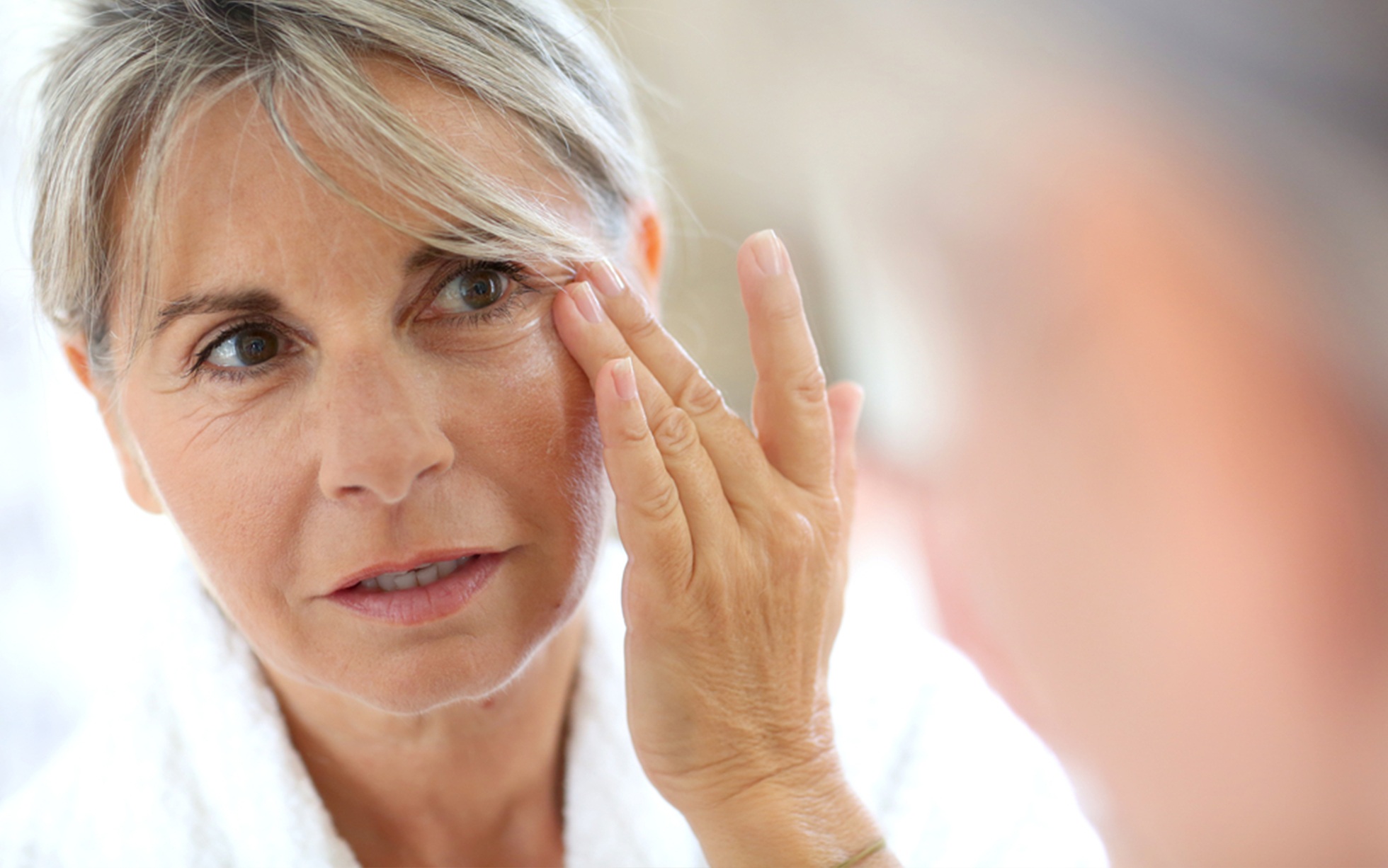What is psoriasis?
Psoriasis is a chronic, non-contagious disease that occurs on the skin, joints and nails. It is an autoimmune disease, that is, it is caused by an overstimulation of the immune system.
The exact cause of psoriasis is not known, but it is linked to heredity. Of course there are triggering factors, such as skin injuries, infections and viruses, endocrine factors or taking certain medications, alcohol abuse and even stress.
Symptoms
Psoriasis causes the skin cells in the top layer of the skin to overproliferate, resulting in psoriatic plaques—red patches covered in silvery or white scales—hard-to-the-touch, flaky or scaly patches. It appears anywhere on the body but most often on places like the elbows, knees, head, and even the palms and soles of the feet. The skin is hard and cracked and often itches. Sometimes the patient may develop psoriatic arthritis, which causes pain, swelling and stiffness of the joints. It can also affect the nails.
Living with the disease
As with other chronic autoimmune diseases, psoriasis can affect emotional health, interpersonal relationships, and the way one handles stress. For some people, living with psoriasis can be a challenge, especially in the summer when we dress lightly or in swimwear. As there is a false stigma attached to psoriasis, in the minds of many it is associated with scabies and there is a fear of contagion. As a result, patients with psoriasis often experience feelings of anxiety, shame, beach shyness, depression, isolation or fear.
However, there are several ways to manage the disease so that the patient suffering from psoriasis can have a quality life and the support they need. It is important with proper information to consolidate the perception in society that it is not a contagious disease. Many patients consult a psychologist if they feel they need more help with the psychological part of disease management.
It is especially beneficial for the psoriasis sufferer to find the right communities and talk with fellow sufferers, because in this way different stories are heard in the light of the common experience of the disease and understanding is broadened. The psychological support one receives by participating in patient groups offers hope and solidarity. There are patient networks that offer information and support, such as the Panhellenic Association of Patients with Psoriasis and Psoriatic Arthritis, "Epidermia".
Types of psoriasis and treatment
There are different types of psoriasis and it is possible for someone to have more than one type at the same time - as well as more than one type in their lifetime.
Monitoring the course of the disease by a dermatologist experienced in psoriasis is the key to finding the right treatment to keep the symptoms of psoriasis under control. It is important to make regular appointments for re-evaluation of the treatment you are following to discuss with your doctor how the particular treatment is working and how the body is reacting to it.
As it is a chronic disease, it is important that the patient has - in addition to an excellent Dermatologist - patience, valid information and the support of family and friends, which can be invaluable.




